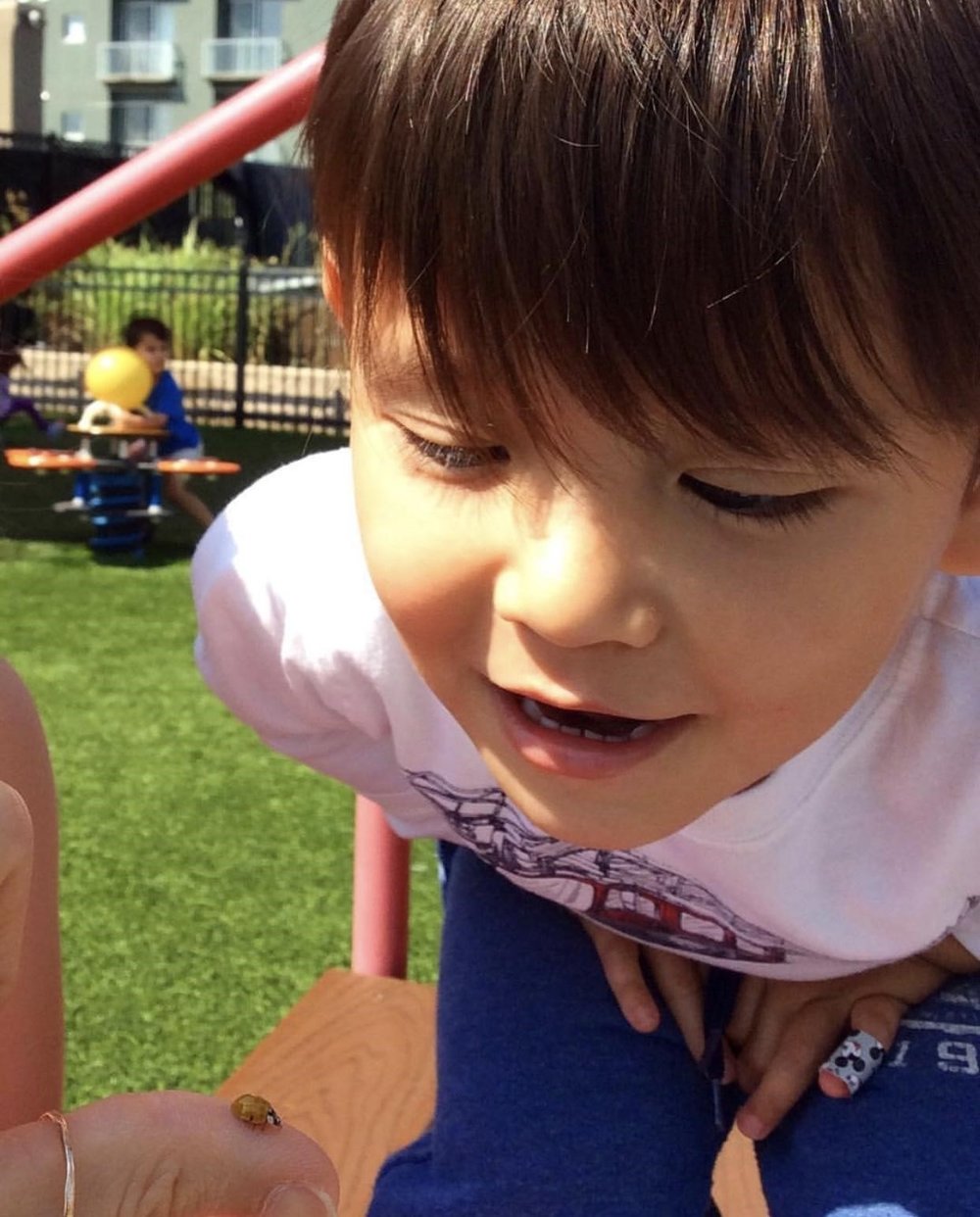
I’m one of those strange sorts who genuinely loves her job.

Working with emotional 3, 4, and 5 year-old’s is no doubt exhausting. The drama is endless: “Sarah said I can’t come to her birthday party!” turns into “Johnny pushed me!” which is then overcome by “Megan said she’s not going to be my best friend!” And don’t get me started on sugar crashes the day after Halloween… At the end of a long day, I love a glass of “adult juice” with a side of peace and quiet just as much as the next person. But after teaching for almost 5 years in a Montessori classroom, without a doubt, the benefits far outweigh these difficult moments. Watching a 4 year-old’s face light up as he begins to decipher sounds and read his first book is… indescribable. The same can be said for seeing a child beam with confidence as she successfully zips up her jacket, “all by herself.” Watching as two children disagree and work through an argument peacefully – without pushing, hitting, or name calling – and listening to each other’s point of view restores your faith in humanity and possibilities for future generations.
The American Montessori Society teacher education course at the Montessori Teacher Education Institute of Atlanta recently had a class on the spiritual aspects of a Montessori classroom and the role of a Montessori guide. One of the points that stood out as different from something you might hear in traditional teacher training was a slide which purported that one of the teacher’s responsibilities is to nurture a child’s sense of awe and wonder. Teachers can do this by providing opportunities to observe intricate workings of nature, directing a child’s attention to an object of wonder, and marveling with children at miracles. When done with care, children have just as much to teach us as we can ever teach them.
“I hope you never lose your sense of wonder. You get your fill to eat, but always keep that hunger. May you never take one single breath for granted. And if you get the chance to sit it out or dance, I hope you dance.
”
Some teachers joke that the best thing about teaching is having Summer off. For me, it’s something else. Maria Montessori said: “The child, more than anyone else, is a spontaneous observer of nature.” We are a society bombarded by iPads, TV, commercials, music, and constant technological stimuli. These technologies are mind-blowing, amazing, and make our lives much easier. They are incomprehensible intellectual feats when you think about how someone possibly invented them (The internet? A place where you can get the answer to any question in seconds? What?!) But when you spend more than 5 minutes with a 3 year-old outside, you begin to remember the parts of our world that are not quite as loud and perhaps more important because one of the best parts about teaching little ones occurs when you see the world from their perspective. A few weeks ago, on the playground at our Ponce City Market location, I found a ladybug, put it on my hand, and pointed it out to Simon. Watching how mesmerized he was by this tiny bug reminded me how fascinating nature is and to continue to be amazed by things I so often take for granted. Simon continues to ask every time we are on the playground, “Where is the ladybug?” reminding me to come back to Earth, look around, and share in his enchantment and curiosity. In other words, to step away from the noise and the technology of the world and share this singular, unique moment of both education and wonder.
In an urban setting, spontaneous observations are not easy to just find. We’re lucky enough to have a wall of windows looking out into the city. This morning, as the sun was coming up, the sky was painted cotton candy shades of pink, purple, and blue, and I pointed it out to my little ones. They stared out the window, astonished, hushed, and respectful of nature’s wonders. I joined them. Why? Because teaching is not about school vacations or time spent away from the classroom. So, if – for myself – the best part of about being a teacher isn’t “having summers off” then what is it? Irrevocably, the best part about teaching is the sense of gratitude that washes over you when children effortlessly revive your own childlike sense of reverence and wonder for the beauty in the world around us.

